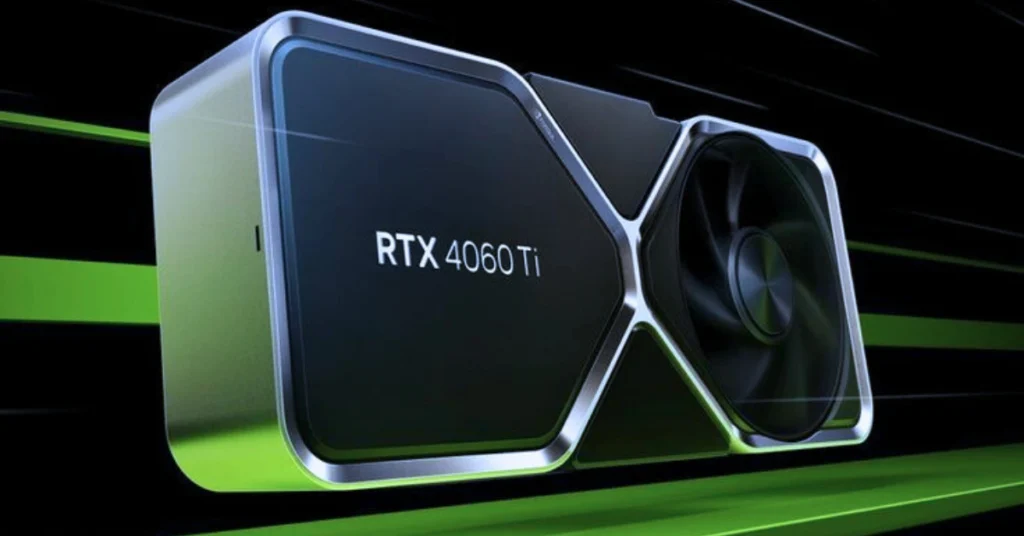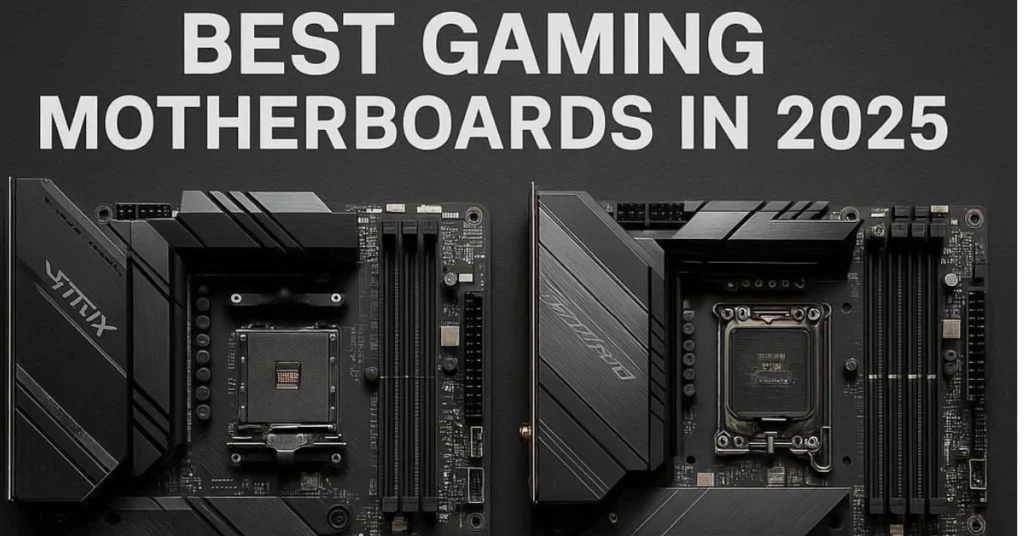In the race to accelerate data movement, Nvidia RTX IO Tech stands out as one of the most promising innovations of the decade. Designed to offload data decompression tasks from the CPU to the GPU, this technology promises lightning-fast asset loading, smoother gaming experiences, and groundbreaking data management for enterprise applications. Yet, while data centers are already leveraging RTX IO for high-performance workloads, gaming the sector many expected to benefit first is still catching up. This paradox reveals how industries with different priorities and infrastructures are shaping the rollout of Nvidia’s cutting-edge tech.
This article explores why data centers are leading the charge, what’s holding gaming back, and how RTX IO could reshape the future of both worlds.
Understanding Nvidia RTX IO Tech
To appreciate the significance of RTX IO, it’s essential to understand the problem it addresses. Modern games and applications rely on massive, high-resolution assets textures, models, and environments that must be streamed quickly from storage to the GPU. Traditionally, this process involves the CPU decompressing data before passing it to the GPU, creating a bottleneck.
RTX IO eliminates this bottleneck by enabling direct GPU-based decompression. Data travels from an NVMe SSD straight to the GPU, where decompression happens at high speed. The result? Faster load times, reduced CPU overhead, and the potential for richer, more detailed virtual worlds without sacrificing performance.
While this is revolutionary for gaming, the technology’s value isn’t limited to entertainment. Its ability to move and process data rapidly makes it equally appealing if not more so to enterprise data centers, where efficiency directly impacts cost and scalability.
Why Data Centers Are Leading the Charge
Immediate Enterprise Demand
Data centers thrive on speed and efficiency. Cloud services, AI workloads, and large-scale simulations all require rapid data transfers between storage and processing units. RTX IO’s ability to bypass CPU bottlenecks aligns perfectly with these needs. In enterprise environments, every millisecond saved translates to significant operational gains and cost reductions.
For example, AI training models often involve massive datasets that must be loaded, decompressed, and analyzed in real time. RTX IO’s GPU-centric approach offers a direct path to faster data ingestion, giving data centers an immediate incentive to adopt the technology.
Infrastructure Readiness
Unlike consumer gaming PCs, enterprise data centers are built for constant upgrades. They already use NVMe SSDs, high-end GPUs, and custom software stacks making the transition to RTX IO almost seamless. The ability to deploy and scale new hardware across thousands of servers means Nvidia’s innovations can be implemented rapidly, delivering measurable ROI from day one.
Enterprise Partnerships and Ecosystem Support
Nvidia has deep relationships with major cloud providers and enterprise clients. Partnerships with companies like Microsoft Azure, AWS, and Google Cloud ensure that RTX IO technology is integrated into next-generation servers and AI platforms. These collaborations drive early adoption and create a feedback loop of optimization and refinement that benefits enterprise users first.
Why Games Are Waiting
Slow Developer Adoption
While RTX IO offers exciting possibilities for gaming, developers face hurdles in integrating it into existing engines. Support for DirectStorage, Microsoft’s API that enables RTX IO on Windows, is still growing. Studios must update pipelines, optimize assets, and test performance improvements all of which require time, resources, and careful planning.
Hardware Limitations Among Players
RTX IO relies on modern GPUs and NVMe SSDs. Although these components are becoming more common, a significant portion of the gaming audience still uses older hardware. Developers are reluctant to design games that demand cutting-edge tech if it means excluding a large player base.
Cost-Benefit Challenges
Unlike data centers, where speed directly impacts revenue, the financial incentive for game developers is less immediate. Faster load times and richer textures enhance the player experience, but they don’t necessarily translate to higher profits especially when implementation costs are high and adoption is gradual.
RTX IO vs. Traditional Game Loading | A Simple Example
Consider a large open-world RPG with expansive environments. Traditionally, the CPU decompresses textures and assets before handing them off to the GPU. As a result, players may encounter long load screens or occasional stuttering when transitioning between areas.
With RTX IO, the GPU handles decompression directly, pulling assets from NVMe storage at lightning speed. This allows for near-instant loading, seamless fast travel, and the potential to create worlds so detailed that they were previously impractical.
Yet, until more players own the necessary hardware and developers update their engines, these benefits remain largely theoretical for mainstream gaming.
The Road Ahead | Gaming’s Slow but Steady Shift
DirectStorage Gains Momentum
Microsoft’s DirectStorage API is a key driver of RTX IO adoption in gaming. Already implemented in some PC titles and Xbox Series X/S consoles, DirectStorage streamlines data transfers to GPUs, laying the groundwork for wider RTX IO integration. As more engines like Unreal Engine 5 and Unity adopt DirectStorage support, developers will find it easier to implement RTX IO in future projects.
Next-Gen Games Will Lead the Way
Flagship titles with large budgets and ambitious worlds are most likely to embrace RTX IO first. Games like Forspoken have already showcased the potential of DirectStorage, hinting at what RTX IO can achieve once fully optimized. Over time, these early adopters will set new standards for load times and visual fidelity, gradually pushing the industry toward broader adoption.
Hardware Trends Are Favorable
The gaming hardware market is steadily moving toward NVMe SSDs as a baseline. As more gamers upgrade to modern GPUs and high-speed storage, the addressable audience for RTX IO-enabled titles will expand, making implementation more financially attractive for developers.
A Glimpse Into the Future
The long-term potential of Nvidia RTX IO Tech goes beyond faster load screens. Imagine multiplayer games with persistent worlds where vast amounts of real-time data can be streamed without lag. Picture cinematic experiences where ultra-high-resolution textures appear instantly, blurring the line between gameplay and film.
In enterprise settings, RTX IO could enable faster AI model training, more responsive cloud applications, and scalable virtual environments. Its dual relevance to gaming and data centers makes it one of Nvidia’s most transformative innovations to date.
Conclusion
In conclusion, Nvidia RTX IO Tech stands at the forefront of next-generation data processing, delivering transformative speed and efficiency to industries that demand high-performance computing. While enterprise data centers are currently capitalizing on its capabilities thanks to their advanced infrastructure and immediate need for faster data transfer, the gaming sector continues to prepare for widespread integration. As DirectStorage matures, hardware adoption accelerates, and developers optimize their engines, RTX IO is poised to unlock ultra-fast load times, seamless asset streaming, and richer gameplay experiences. This evolving technology signals a future where both enterprises and gamers will benefit from unprecedented performance gains, making Nvidia RTX IO a critical innovation shaping the next era of computing.


